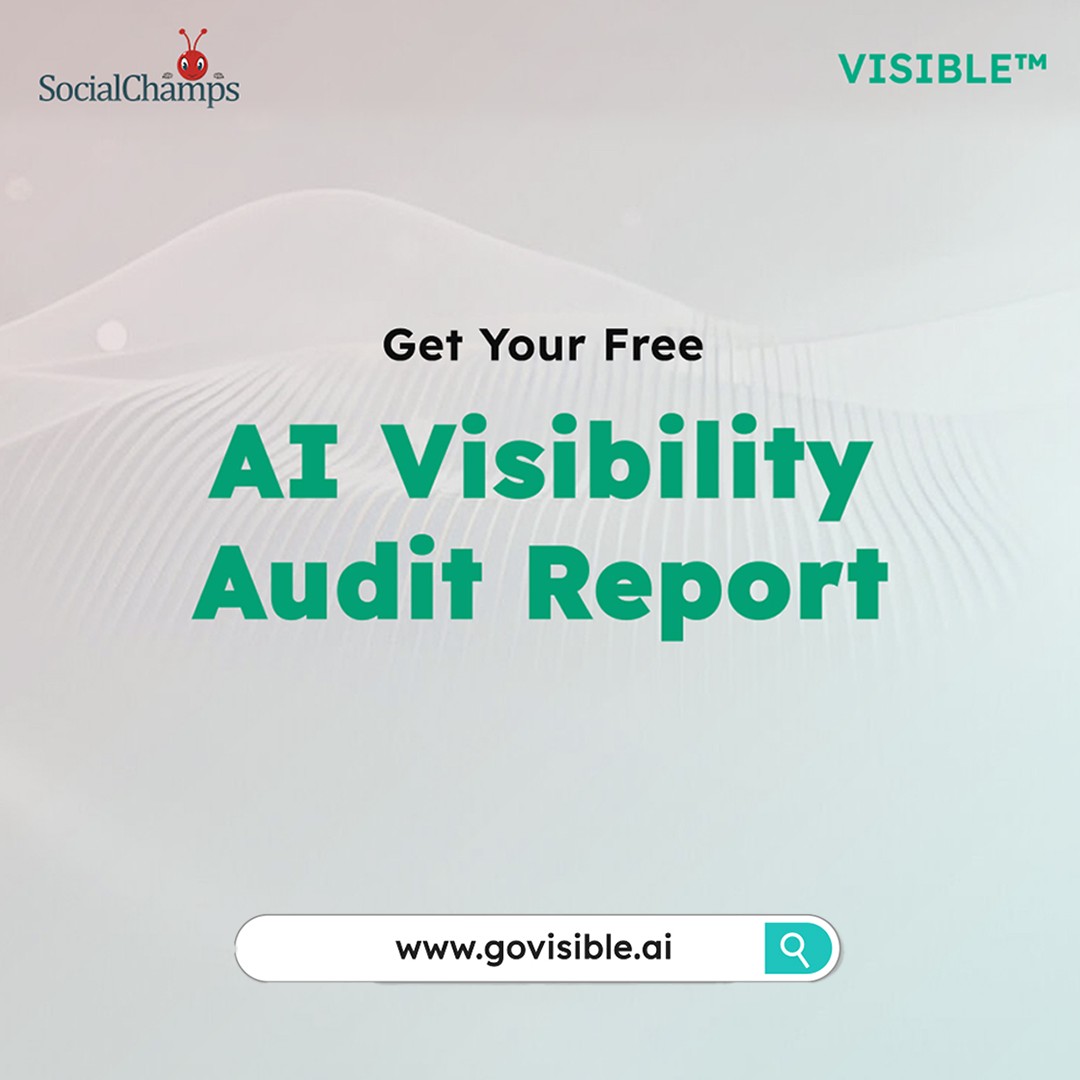In every adversity, lies opportunity. In the chaotic and unceasing world of social media and internet in general, businesses have begun to dive head in to take advantage of the plethora of information that is transmitted daily in the form of status updates, likes, comments, tweets, etc. In the prevalent consumerist lifestyle, these pieces of data invariably contain information about a company’s product or its perceived image. This can be highly valuable for any business.
Brand Monitoring and Conversation Tracking refers to the concept of looking out for data given out by online users, that mentions any subject related to a company’s name, product, competitor, brand or any other thing that is remotely associated with it.
How It Works
Setting a Clear Objective
The process of brand monitoring starts with a defined objective in mind. The sheer size of data available in the online world can be quite overwhelming unless a clear goal is set beforehand. These can range from monitoring the significant platforms that have an influence on your brand, to facilitating the process of customer service, to market research, to brand protection, and so on.
Choosing the Right Sources
Brand mentions and conversations typically happen on social media platforms like Facebook and Google Plus, blogs, micro-blogs like Twitter, content sites like YouTube, brand-relevant forums, etc. You have to focus on the platforms which your target audience is likely to use more.
Choosing the Right Tools
Whether brand monitoring is to be done manually or with the use of sophisticated tools, depends on the size of the entity in question. If it’s smaller, then the process can be carried out manually by using tools like Google Alerts, Twitter search option, Google search, Google Blog Search, etc. But for larger ones, sophisticated monitoring and tracking tools are required. These include tools like BlitzMetrics, Collective Intellect, Fliptop, MediaVantage, etc.
Choosing the Right Keywords
Keywords don’t just have to be the brand name itself. Depending on the objective, the keyword can either be stand-alone or a mix of different keywords. These can relate to the name of products or services, or a tag line that the customers identify the brand with, and so on. It can be related to the name of the competitors or their products and services too.
What to look out for
- Number of times the keyword has been mentioned
- The estimated number of people a message including the keyword reaches
- Comparing own mentions with our own competitors
- The kind of emotion exuded by a person when the keyword is mentioned, i.e., is it positive or negative, happy or sad, etc?
- Segregation on the basis of demographics like gender, age, sex, etc
- Whether any major influencers (those with a large following) have mentioned the keyword
Benefits
Handling Crisis Situations
When you monitor your brand consistently, you are always in touch with anything that mentions your brand. This allows you to respond to one of the most important aspects of public relations – real-time complaints. Any time your brand is put in a negative light, you can instantly correct the situation by responding appropriately.
Overall Customer Sentiment
Brand monitoring allows you to identify the overall mood with regards to your brand. By taking the average of various emotions exhibited by your target audience, sophisticated tools can give a comprehensive idea about how people feel about your brand.
Monitoring Competition
Brand monitoring lets you know your share of conversations taking place in social media, with respect to your competitor. A better brand will not only have a high volume of conversations but also more positive ones.
Challenges and Limitations
The biggest limitation of any social media monitoring tool is its inability to comprehend complex human lingo. For instance, “not bad” is a positive response. However, since it comprises two negative words, less than sophisticated tools may interpret it as a negative response, thereby deeming the final report to be inaccurate.
Another problem is that it is not always easy to identify accurate I.P addresses. This potential fallacy can paint a wrong geographic picture for the brand.
Conclusion
Despite its limitations, it can safely be said that brand monitoring has effectively changed the game of public relations. Considering the sheer size of people on online platforms, ignoring the need to track brand-related conversations can prove to be more than harmful for any business. And as time goes by, the invention of more advanced brand monitoring tools will alter the field of brand management, once and for all.




0 Comments